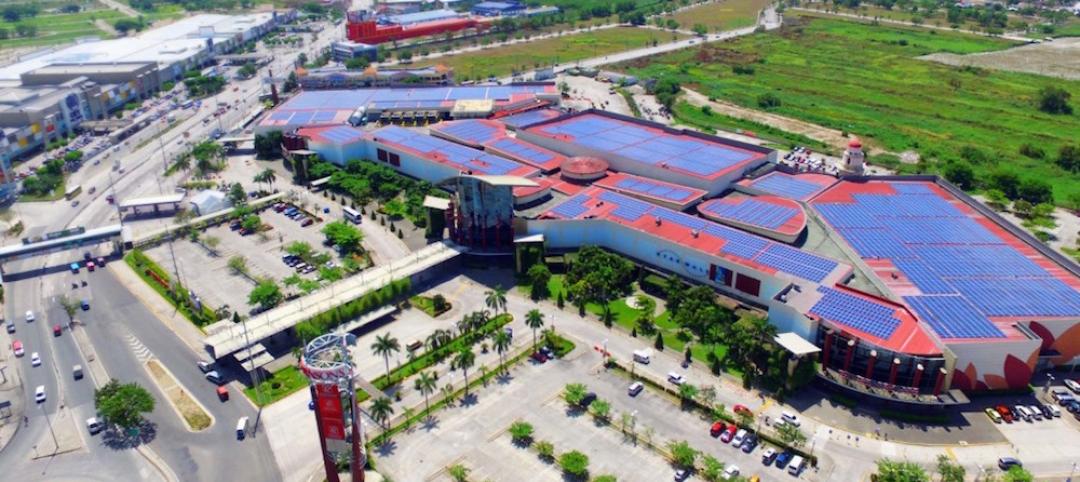Architects and engineers participating in the AIA’s 2030 Commitment are reporting the greatest reduction in predicted energy use (pEUI) in the program’s 10-year history.
“This year marks a critical inflection point for the program and climate action,” said 2020 AIA President Jane Frederick, FAIA. “This report outlines a vision for the coming years, which is anchored in community advocacy, adoption of on-site and off-site renewable energy sources, and increased attention to embodied carbon.”
The report—2030 by the Numbers: The 2019 Summary of the AIA 2030 Commitment—amalgamates predicted energy use data in buildings from 311 companies participating in the 2030 Commitment and analyzes design phase data from more than 20,300 projects. Architects, engineers, and building owners involved in the projects achieved a 49 percent overall pEUI reduction. The reduction is equivalent to avoiding 20.2 million metric tons of CO2 emissions. Other notable data included in the report:
- 241 whole building projects designed to be net-zero energy.
- 69 percent increase in firms meeting the 70 percent pEUI reduction since 2018.
- 27 large and small companies met 2030 Commitment targets.
As participants continue to improve reducing carbon emissions, AIA is upgrading its Design Data Exchange (DDx) platform to streamline the project reporting process and to improve user experience. The new platform will support optional data points—including embodied carbon and off-site renewables—that will deliver expanded insights into building performance.
AIA is also continuing its efforts to drive climate action in the built environment following its landmark initiative last year. Earlier this year, AIA released its Climate Action Plan and Architect’s Policy Platform, which outline AIA’s goals for carbon reduction and climate action policy initiatives respectively.
Complete details of the AIA 2030 Commitment program can be found on AIA’s website.
Related Stories
Codes and Standards | Sep 1, 2016
Overuse of air conditioning hurts office productivity
A study found temperatures in the low 70s reduce worker performance.
Sustainability | Aug 30, 2016
New federal project plans must include climate impacts
Agencies must quantify the specific impacts when possible.
Energy | Jul 25, 2016
Michigan law provides local governments with flexible energy conservation financing
Allows cities to fund projects without adding debt.
Energy | Jun 30, 2016
Energy Department partnership with CoStar Group will study sustainability impact on property valuation
Database will offer rich data set on energy-efficient buildings in the U.S.
Energy | Jun 7, 2016
Energy modeling payback typically as short as one to two months
Energy modeling is a ‘no-brainer—like checking MPG on a car’
Shopping Centers | Jun 3, 2016
Developer Robinsons Land adds powerful PV arrays to 10 malls in the Philippines
The Robinsons Starmills mall in San Fernando recently turned on a 2.9 megawatt rooftop PV plant.
Green | Apr 27, 2016
Top 10 green building projects for 2016
The Exploratorium at Pier 15 in San Francisco and the West Branch of the Berkeley Public Library are two of the projects recognized by AIA COTE as the top green buildings of 2016.
Energy | Mar 16, 2016
Nevada utility regulations hampering growth of solar energy
Conflict between energy-hungry casinos and utilities highlights challenges of burgeoning solar electricity generation.
Codes and Standards | Jan 25, 2016
Dept. of Energy releases decision guides for plug and process loads
Plug and process loads consume about 30% of the primary energy in U.S. commercial buildings today.
Codes and Standards | Jan 12, 2016
Batteries are the next step in raising sustainability standards
Battery technology will reduce electricity costs and promote a more stable, flexible grid.

















